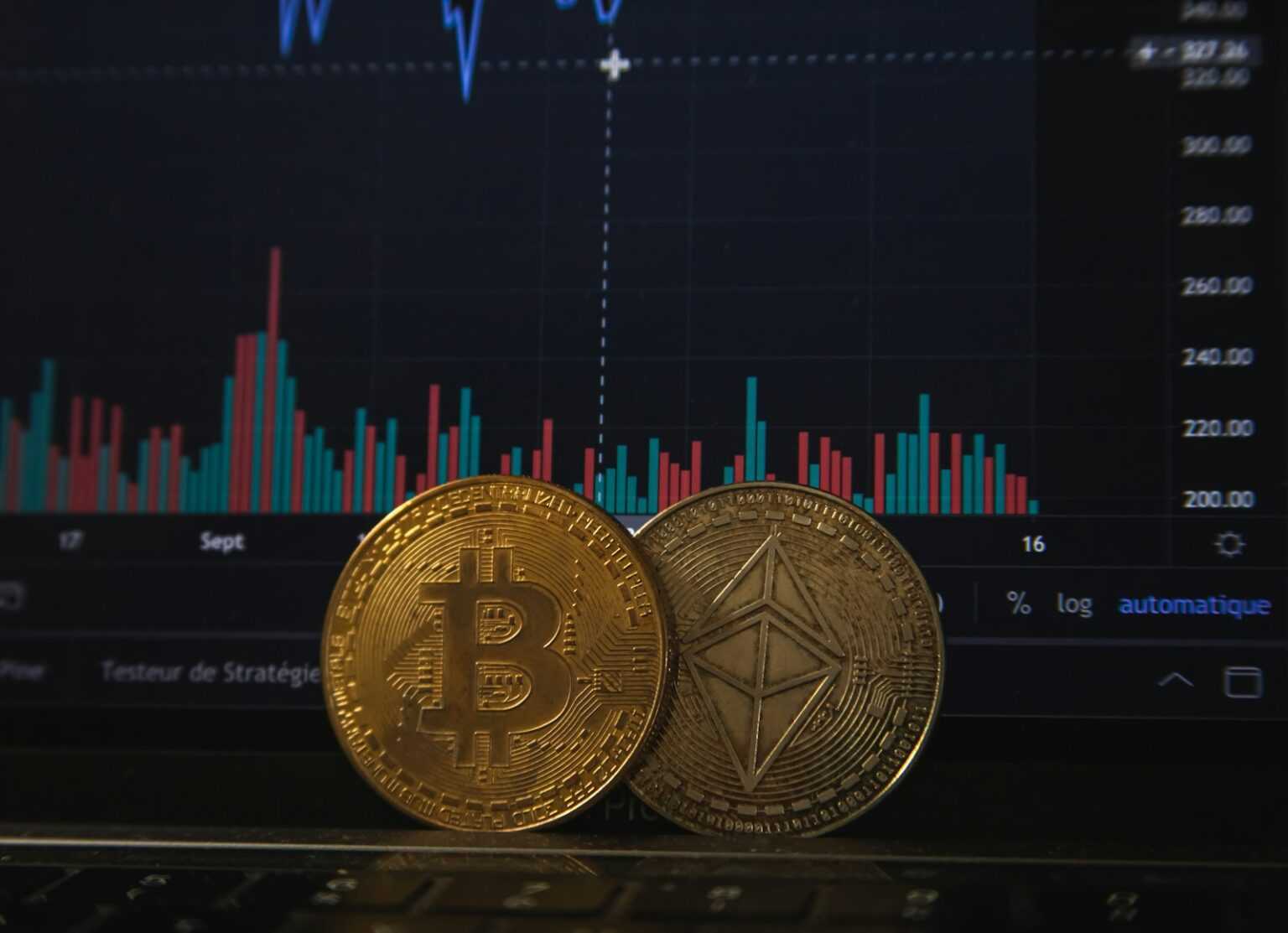Examine transaction frequency and value shifts across active addresses to identify behavioral patterns within the ledger. Monitoring these parameters reveals temporal fluctuations in network engagement, uncovering phases of heightened or diminished operational throughput. Quantifying transactional flow provides a robust indicator for ecosystem vitality and emergent trends.
Focus on address activity distribution to discern participation diversity and concentration effects. Tracking unique sender-receiver pairs alongside recurring address interactions allows classification of user roles and cluster formations. This segmentation aids in isolating influential nodes versus peripheral actors, facilitating targeted investigation into systemic influence.
Utilize block inclusion rates alongside timestamp differentials to gauge processing efficiency and congestion levels. Correlating block propagation intervals with volume spikes enables precise detection of bottlenecks or optimizations within the consensus mechanism. Such temporal-spatial correlations offer experimental avenues to test throughput under variable load conditions.
Apply statistical evaluation of transaction fee dynamics relative to network activity intensity. Observing fee fluctuations in conjunction with transaction density highlights market-driven prioritization behaviors. Experimental manipulation of fee models against historical patterns can illuminate incentive structures influencing participant decisions at the protocol layer.
On-chain metrics: blockchain data analysis
To assess the genuine utility and health of a decentralized ledger, one must prioritize direct examination of transactional flow and address activity within the network. Tracking the volume and frequency of operations provides objective insight into user behavior, revealing which tokens exhibit sustained engagement versus transient speculation. For instance, evaluating unique sending and receiving addresses over defined intervals uncovers patterns of adoption or attrition invisible to superficial price charts.
Monitoring value transfers alongside interaction counts enables differentiation between high-value movements and routine microtransactions. Consider Ethereum’s gas usage trends correlated with DeFi protocol calls; this layered observation exposes shifts in ecosystem focus that raw transaction numbers alone cannot capture. By quantifying operational throughput through detailed logs, researchers gain clarity about network congestion points and emerging demand signals.
Methodologies for Evaluating Network Activity
One practical approach involves categorizing addresses by role–such as custodial wallets, smart contracts, or individual holders–and mapping their interactions across timeframes. This segmentation highlights how various participant classes influence overall system dynamics. For example, observing increased outbound transfers from exchange-controlled wallets frequently precedes price volatility, suggesting redistribution or liquidation events.
- Transaction count tracking: measuring total confirmed operations within blocks to infer network usage intensity.
- Active address enumeration: tallying unique originators engaging in transfers to gauge community breadth.
- Flow analysis: tracing asset movement paths between clusters to identify concentration or dispersion trends.
A case study on Bitcoin demonstrates how spikes in large-value transactions often align with institutional accumulation phases. Cross-referencing these findings with public wallet labels confirms strategic positioning by major holders. Such empirical evidence supports hypotheses about market manipulation risks and liquidity distribution challenges.
The integration of real-time monitoring tools facilitates experimentation with threshold filters–excluding low-value or repeated transactions–to refine signal detection from noise. Applying statistical models like moving averages and outlier detection algorithms further enhances predictive capabilities regarding upcoming behavioral shifts in token circulation patterns.
This structured evaluation fosters experimental validation by encouraging analysts to test hypotheses iteratively against evolving datasets. By replicating these investigative steps using open-source resources, one can cultivate nuanced comprehension of complex transactional ecosystems underpinning modern digital assets.
Tracking Active Wallet Addresses
Monitoring active wallet addresses requires precise identification of transaction flow and user participation within the ledger system. The frequency and distribution of unique addresses initiating or receiving transfers provide a tangible indicator of network engagement, reflecting shifts in usage patterns and liquidity movement. Evaluating these address-based signals enables forecasting of demand fluctuations and potential market activity with greater granularity.
Active address counts are best interpreted alongside transactional throughput metrics to distinguish between dormant holdings and genuine user interaction. An increase in new or recurring address involvement often correlates with heightened operational tempo, signaling more robust participant behavior rather than merely speculative accumulation. This approach allows for refined segmentation of economic actors based on their transactional roles.
Methodologies for Address Activity Assessment
One effective technique involves aggregating daily unique addresses that appear as either sender or recipient within transaction batches. This count should be cross-referenced with total transaction volume to determine average transactions per active entity, revealing behavioral consistency or episodic spikes. Additionally, tracking address reactivation rates over defined intervals assists in distinguishing sustained engagement from transient bursts triggered by specific events.
Experimental frameworks can apply clustering algorithms to group related addresses controlled by single entities, mitigating noise from automated contract interactions or exchange wallets that inflate raw active address figures. For example, dissecting a known smart contract’s internal transfers separately from externally owned accounts sharpens the focus on individual user participation versus systemic operational overhead.
- Daily Unique Addresses: Counting distinct participants involved in value transfer each day provides baseline network activity levels.
- Transaction Frequency per Address: Calculating mean transactions per active participant reveals intensity of use.
- Address Reactivation Rate: Measuring how often previously inactive addresses resume activity indicates returning users versus new entrants.
- Entity Clustering: Grouping linked addresses reduces data distortion caused by multi-address control strategies.
A case study from a recent analysis of a decentralized finance protocol revealed that a surge in unique wallet involvement preceded price volatility by several days, underscoring the predictive utility of dynamic address tracking. In contrast, mere transaction volume spikes without corresponding increases in active participants often signified automated contract processes rather than genuine human-driven interest.
The exploration of participant wallets through layered investigative steps exemplifies the scientific method applied to distributed ledger observation: hypothesize that changes in active address numbers precede shifts in network health; gather quantitative evidence via systematic counting and classification; validate findings through correlation with external factors such as market movements or protocol upgrades. Such iterative experimentation deepens understanding while equipping analysts with actionable insights grounded in measurable phenomena.
Interpreting Transaction Volume Trends
Transaction volume serves as a critical indicator of network activity and user engagement within distributed ledgers. Tracking the number of transactions over time provides insights into usage patterns, revealing periods of heightened or diminished interaction between unique addresses. A sustained increase in transactional throughput often signals growing adoption or intensified operational demand, while sharp declines may indicate reduced interest or external constraints affecting network utility.
Evaluating trends requires segmenting transaction counts by categories such as wallet type, frequency of activity, and average value transferred. For instance, an influx of small-value transfers among numerous new addresses could suggest speculative trading or micro-payment experiments, whereas fewer but high-value transactions might reflect institutional involvement or large-scale asset movements. Distinguishing these nuances demands careful scrutiny of the ledger’s recorded events to avoid misleading conclusions based solely on aggregate numbers.
Methodological Approach to Volume Fluctuations
One effective technique involves correlating transaction rates with temporal events, such as protocol upgrades or market volatility spikes. Experimental comparison across multiple blocks enables identification of anomalies–unexpected surges that deviate from historical averages. Applying statistical tools like moving averages and standard deviation thresholds helps isolate genuine shifts in activity from routine noise inherent in address behavior.
The analysis extends by mapping transaction flows between clusters of addresses to trace liquidity paths and detect emergent patterns. For example, a pronounced rise in inter-address transfers within a specific cluster might highlight coordinated operations or bot-driven interactions rather than organic growth. Combining quantitative metrics with qualitative investigation enhances understanding and guides further hypothesis testing on network dynamics.
Analyzing Token Holder Distribution
To accurately assess the distribution of tokens among addresses, one must scrutinize the flow of transactions and examine holder activity patterns. Quantitative evaluation of wallet concentration reveals the degree of decentralization and potential risks related to market manipulation. For example, a small number of addresses controlling a majority share often indicates higher susceptibility to sudden price volatility triggered by large transfers or sales.
Tracking the volume and frequency of token movements between addresses provides insight into holder engagement. Active participation is evidenced by recurrent transaction flows, while dormant wallets exhibit limited or no activity over extended periods. Employing this approach enables identification of strategic holders versus speculative accounts, facilitating more precise forecasting of token liquidity behavior.
Key Parameters for Distribution Assessment
The primary variables include:
- Address concentration: measuring what percentage of total supply resides within top N wallets.
- Transaction velocity: evaluating how frequently tokens circulate among different entities.
- Holder retention time: analyzing intervals between consecutive outflows from individual addresses.
- Flow directionality: distinguishing inbound from outbound transfers to understand accumulation versus liquidation trends.
A case study on Ethereum-based tokens demonstrated that projects with over 60% supply held by fewer than 10 addresses faced increased risk during high-volume sell-offs, leading to sharp price corrections within hours. Conversely, tokens exhibiting broad dispersion across thousands of moderately active wallets showed greater stability and resilience against manipulation attempts.
Advanced methods employ clustering algorithms to link related addresses controlled by single entities, improving accuracy beyond mere raw wallet counts. Such techniques reveal hidden centralization that standard metrics may overlook, providing a clearer picture of true distribution. For instance, identifying exchange cold wallets consolidates multiple user balances under one address cluster, affecting perceived holder diversity.
Continuous monitoring frameworks integrate real-time transactional records with historical snapshots to detect shifts in distribution dynamics. Sudden changes in token flow patterns can indicate emerging whales or coordinated trading strategies. Researchers suggest implementing alerts based on thresholds such as rapid accumulation rates exceeding predefined percentages within specific timeframes to anticipate impactful market movements.
Measuring Network Fee Dynamics
Monitoring fee fluctuations requires precise observation of transaction costs relative to network congestion. By examining the average gas price or satoshi per byte during periods of heightened transactional activity, one can identify patterns where fees spike due to limited block space. Tracking active addresses submitting transactions within peak intervals reveals correlation between user demand and cost escalation, enabling prediction models for fee forecasting.
Quantitative evaluation involves dissecting transaction throughput alongside fee rates over sequential blocks. For instance, Ethereum’s London upgrade introduced a base fee mechanism directly linked to block utilization, demonstrating a dynamic relationship between block fullness and minimum transaction fees. Observing this interplay at granular block heights facilitates understanding of how protocol adjustments impact user expenditure on fees.
The distribution of fees across different address categories offers further insight into network economics. High-frequency traders or contract deployers often incur elevated costs compared to casual users, reflected in aggregated payment data extracted from transaction histories. Analyzing clusters of addresses with similar spending behaviors uncovers strategic timing or batching techniques employed to optimize expenses under varying load conditions.
Implementing time-series visualization tools allows experimental manipulation of variables such as mempool size and confirmed transaction count to assess their influence on fee volatility. For example, during sudden surges caused by popular token launches or NFT minting events, fee dynamics exhibit distinct spikes traceable through sequential state changes in pending transaction pools and miner prioritization algorithms.
Experimental approaches combining statistical regression with network activity metrics enable researchers to test hypotheses regarding causality in fee movements. Correlating miner revenue streams against fluctuating fees clarifies incentive structures shaping block inclusion policies. This methodology encourages iterative hypothesis testing by adjusting parameters like gas limit increases or priority fee caps, fostering deeper comprehension through reproducible experimentation.
Conclusion: Detecting Whale Wallet Activity
Monitoring large-scale wallet operations requires precise tracking of address interactions and transaction sequences to uncover significant value movements. By systematically evaluating the flow patterns and clustering behavior of high-value accounts, one can isolate influential actors whose activity shapes market dynamics.
Advanced indicators such as transaction timing anomalies, volume spikes, and recurring transfer loops serve as reliable signals for detecting substantial wallet involvement. These insights facilitate predictive modeling of liquidity shifts and potential price impact before public awareness arises.
Key Insights and Future Directions
- Address Behavior Profiling: Constructing detailed profiles based on historical transfer frequency, counterparties, and token diversity enhances identification accuracy of influential entities.
- Flow Analysis Techniques: Applying graph-theoretic approaches to trace value circulation uncovers hidden pathways linking seemingly unrelated transactions within vast ledgers.
- Temporal Transaction Patterns: Examining inter-transaction intervals reveals strategic timing that may indicate accumulation or distribution phases by significant holders.
The integration of machine learning algorithms with these observational parameters promises improved detection fidelity. Experimentation with unsupervised clustering and anomaly detection methods can reveal previously undetected behavioral archetypes among large wallets.
Looking ahead, combining cross-chain activity correlation with enriched metadata will expand visibility into multi-protocol asset management strategies. This layered approach enables a more comprehensive understanding of how major participants maneuver across ecosystems, influencing overall network stability and asset valuation.
Encouraging hands-on exploration of transactional flows through accessible analytic frameworks empowers researchers to formulate hypotheses about market manipulation mechanisms. Such iterative investigations deepen comprehension of systemic risk factors embedded within distributed ledger environments.
The continuous refinement of activity monitoring tools holds promise for enhancing transparency in decentralized financial systems, ultimately contributing to healthier market conditions driven by empirically validated knowledge rather than speculation alone.








